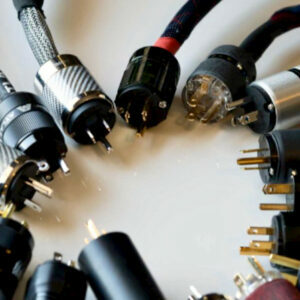
I Have spent the past five years auditioning and experimenting with over 1,000 audiophile cables. These included interconnects, speaker cables, and digital cables. But by far, the power cable is the most daunting audiophile cable to explore. And Audiophiles need power cables—lots of them. Also, depending on which power cables you use on which components – could decide the balance of a sound system. At this point, I’m sure we could all agree that different power cords sound different, even among generic cables. And is due to the variations in shielding, geometry, and materials.The Best cable shootout
Best Cable shootout
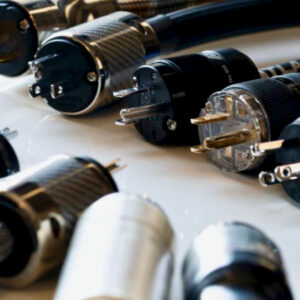 The goal of a power cord is to act as a medium for delivering current – and isolating noise. Generally, the lower the resistance, the better. But, as always, there are trade-offs. For example, you can’t just build a 2-AWG power cord and wrap it in a blanket of copper shielding. Aside from practical (and legal) considerations, there’s also the type of solder, connectors, materials, and even technique used. All of these will determine the sound of a power cord. And blind tests are pointless for the same reason the sceptics request them – your mind is always playing tricks on you. The Best cable shootout
The goal of a power cord is to act as a medium for delivering current – and isolating noise. Generally, the lower the resistance, the better. But, as always, there are trade-offs. For example, you can’t just build a 2-AWG power cord and wrap it in a blanket of copper shielding. Aside from practical (and legal) considerations, there’s also the type of solder, connectors, materials, and even technique used. All of these will determine the sound of a power cord. And blind tests are pointless for the same reason the sceptics request them – your mind is always playing tricks on you. The Best cable shootout
The first six feet
Of course, we could talk about the first 6 feet, skin effect, ABX testing, and magnetic fields. We could also talk about how a cable could measure the same – but sound different. But we won’t. These power cables are correctly designed and supply sufficient current – especially to my near-field monitors. And As always, I’ll be focusing on subjective impressions. I’m sure their LCR values play a part in why they sound different. But that’s for another day.
Natural Sound
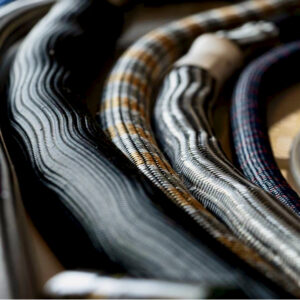 You get a glimpse into the designer’s ear when you listen to these power cables. For some, it’s obvious they listen to live music. For others, they seem to use their measurement devices more – or base it on their reference of what’s enjoyable. Or they hire a “wire chef.” And I’ve heard over 100 audiophile power cables – and they all sound different in their ways. Most of which don’t sound natural (to me) at all. Remember that some people don’t want to be honest. They’re looking for a more surreal experience. And I’ve met plenty of these audiophiles. They know it’s fantasy, but they enjoy the sound more. Come to think of it – that was me at some point. And there’s nothing wrong with that.
You get a glimpse into the designer’s ear when you listen to these power cables. For some, it’s obvious they listen to live music. For others, they seem to use their measurement devices more – or base it on their reference of what’s enjoyable. Or they hire a “wire chef.” And I’ve heard over 100 audiophile power cables – and they all sound different in their ways. Most of which don’t sound natural (to me) at all. Remember that some people don’t want to be honest. They’re looking for a more surreal experience. And I’ve met plenty of these audiophiles. They know it’s fantasy, but they enjoy the sound more. Come to think of it – that was me at some point. And there’s nothing wrong with that.
A Year of Listening
This survey of power cables has taken me about a year. I’ve postponed this evaluation due to the sheer amount of work and time it is required. Testing ICs, speaker cables, and USB cables are a breeze in comparison. Power cables are a different beast. And only the most enthusiastic are willing to review 27 of them – at the same time. The Best cable shootout
Power cables involve:
- Keeping all lines constant and changing one. I’ve used the seven Furutech DPS-4 power cords as my control.
- testing the effects on multiple components
- system stress: powering up and down properly
- experimenting with different amplifiers and speakers
- experimenting with various volume levels
- trying out the different permutations and combinations
- multiple listening sessions due to break-in and settling time
It’s All Relative
An audiophile’s opinion is relative to what he has heard.
There were times when I’ll discuss a product with a fellow audiophile, and he’ll say, “Oh yeah, that amp is dead neutral.” But to my ears, that amp was as dark as night. To which I asked, “So, which amps have you compared it to?” Also, “Oh, this old Furman and this other one from Schiit Audio.” The Best cable shootout
My Listening Experience
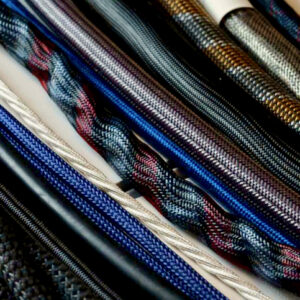
The point is that a reviewer’s value depends on how much shit he has heard (“experience”). So regarding what’s included or missing, he can relay more accurate information.
I haven’t heard it all, and there’s always more to learn – but I’m confident I have a good grasp of “the big picture.” So when I say something is dark, natural, or neutral – only after I’ve put in the listening hours. The Best cable shootout
Approach & Findings
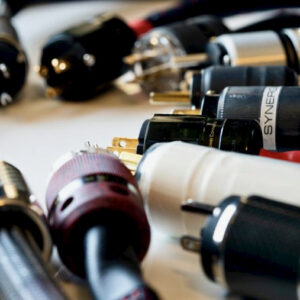
Secondly, power cords tend to sound pretty consistent across different systems. I’ve determined this by analysing personal notes taken on cables tested months apart. I mention this because many find cable reviews pointless due to system dependence. My findings suggest there is more predictability than we think. And for that reason, I’ve included a “Notes” section for each cable which contains the descriptors gathered from a word counter on my notes.
Lastly, I have to mention break-in and settling time. Yeah, I wasn’t a believer either. A few of these cables sounded very different after a few hundred hours. Interestingly enough, it’s only for those first hours. After more subsequent listens – and my notes were consistent again. For what it’s worth, most of these power cables sounded the same out the gate and never changed. Nevertheless, you can’t rush judgments in the first few sessions. The Best cable shootout
The Setup
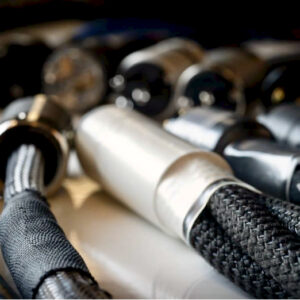
As a reviewer, my system is in constant flux. I’ve gone through dozens of amplifiers, speakers, and other electronics. These are just too much equipment to list. I did, however, have almost all these cables here during the entire review process. Every time there’s a change in the system, I’ll test the power cords – and write my notes.
If there were any inconsistencies or revaluations needed, I always had the power cables on hand. Occasionally, I’ll even swap in a generic power cord for a check. And in a way, this survey acts more as a personal journal entry for me. That way. I could reference this later and make recommendations. As such, a 10-point scale didn’t make much sense to me. For me, describing the sound is more akin to describing the taste of wine or coffee. The Best cable shootout

So much heart and soul (and money) go into the creation of this artistry. I aim to find out which products get me closer to what the musicians and directors intended. And if you enjoyed reading ‘ The Best cable shootout’, please share with your friends and colleagues.
Author: Jay Luong, Audio Bacon, USA
Question: Why does Jay mention solder?
Perkune audiophile cables I professional service